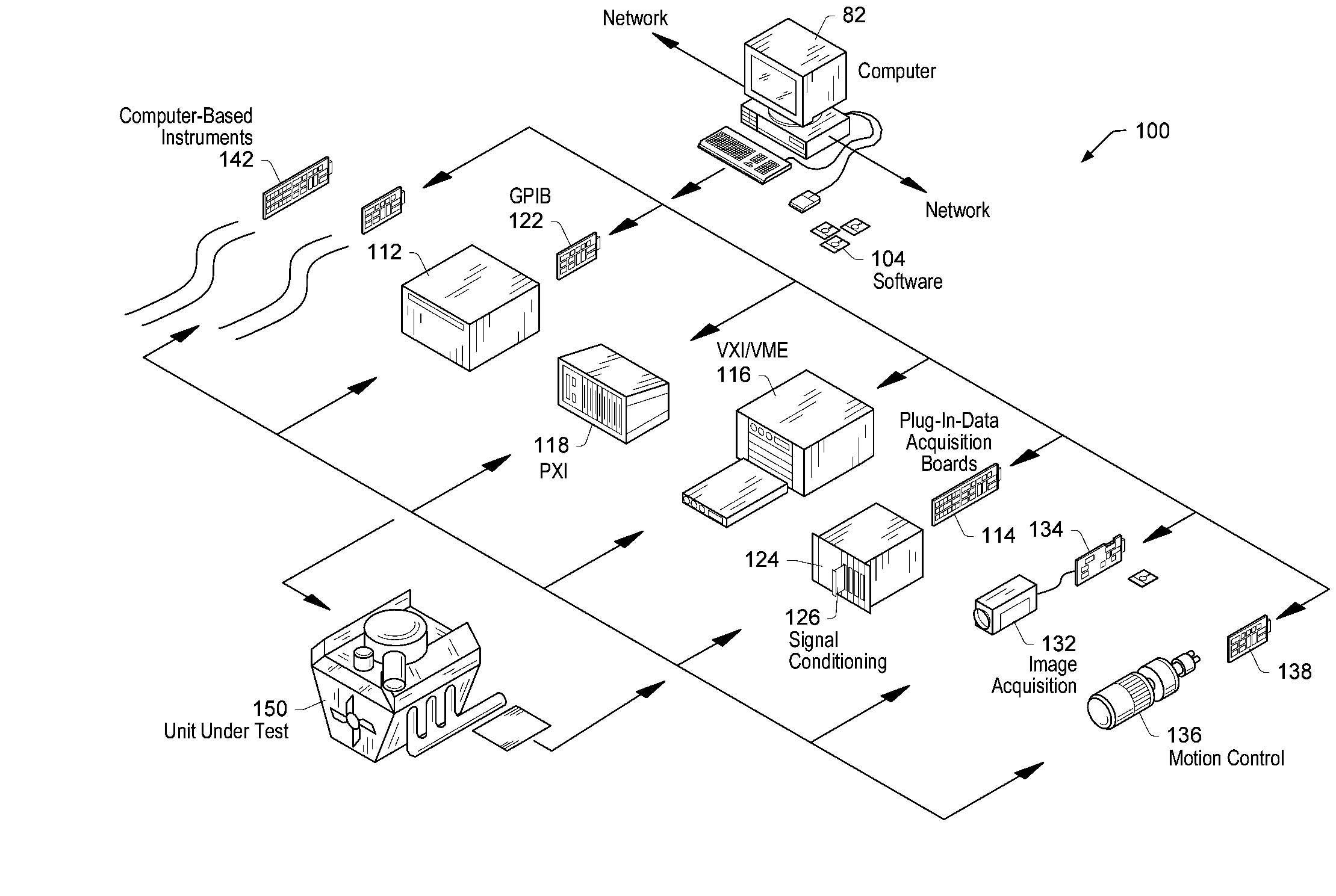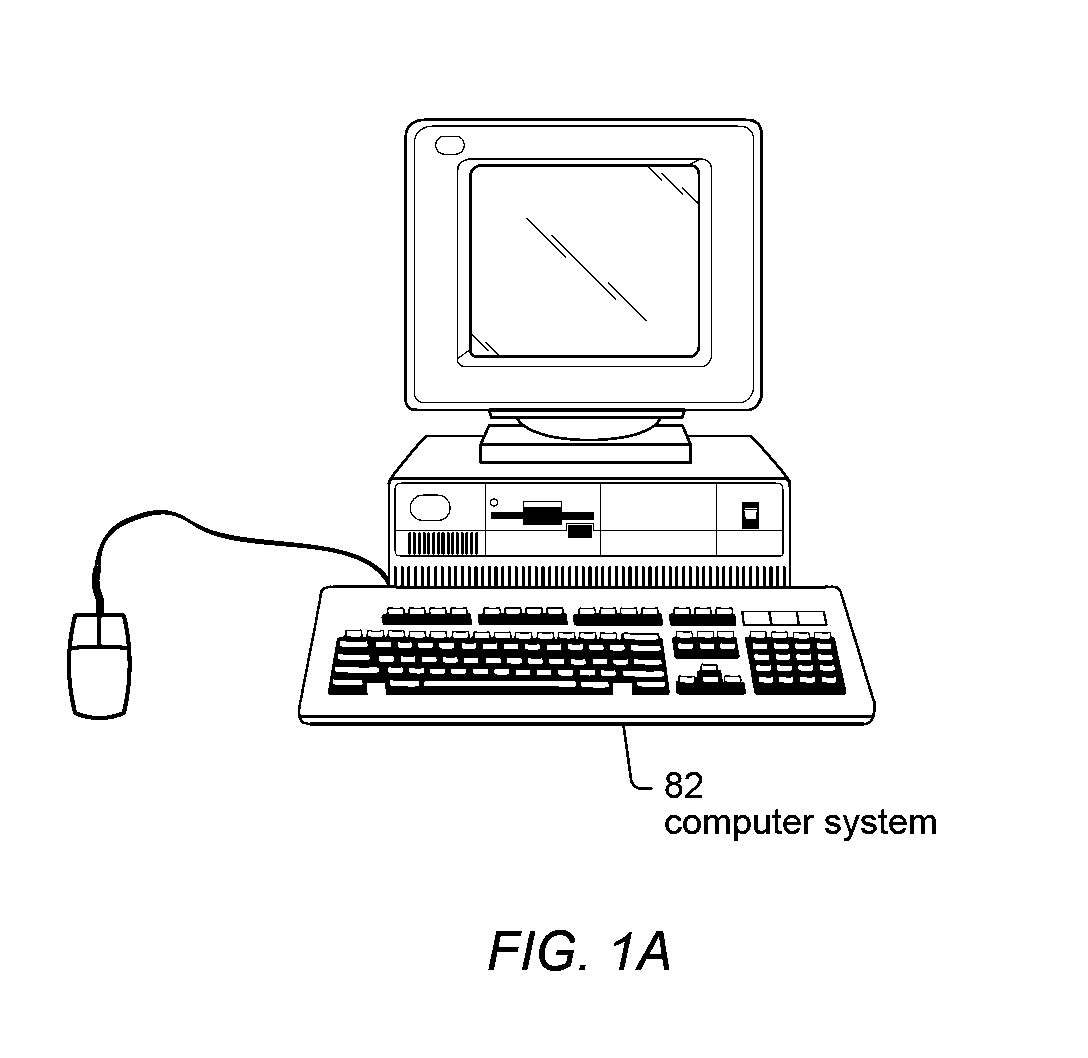Generating a data flow diagram
- Summary
- Abstract
- Description
- Claims
- Application Information
AI Technical Summary
Benefits of technology
Problems solved by technology
Method used
Image
Examples
Embodiment Construction
Incorporation by Reference
[0044] The following references are hereby incorporated by reference in their entirety as though fully and completely set forth herein:
[0045] U.S. Provisional Application Ser. No. 60 / 820,063 titled “Hierarchical Code Generation for Simulation Subsystems” filed Jul. 21, 2006.
[0046] U.S. Provisional Application Ser. No. 60 / 571,205 titled “Graphical Data Flow Programming Environment with First Model of Computation that Includes a Structure Supporting Second Model of Computation”, filed May 14, 2004.
[0047] U.S. Pat. No. 4,914,568 titled “Graphical System for Modeling a Process and Associated Method,” issued on Apr. 3, 1990.
[0048] U.S. Pat. No. 5,481,741 titled “Method and Apparatus for Providing Attribute Nodes in a Graphical Data Flow Environment”.
[0049] U.S. Pat. No. 6,219,628 titled “System and Method for Converting Graphical Programs Into Hardware Implementations” filed Mar. 22, 2000.
[0050] U.S. Pat. No. 6,173,438 titled “Embedded Graphical Programm...
PUM
 Login to View More
Login to View More Abstract
Description
Claims
Application Information
 Login to View More
Login to View More - R&D
- Intellectual Property
- Life Sciences
- Materials
- Tech Scout
- Unparalleled Data Quality
- Higher Quality Content
- 60% Fewer Hallucinations
Browse by: Latest US Patents, China's latest patents, Technical Efficacy Thesaurus, Application Domain, Technology Topic, Popular Technical Reports.
© 2025 PatSnap. All rights reserved.Legal|Privacy policy|Modern Slavery Act Transparency Statement|Sitemap|About US| Contact US: help@patsnap.com



